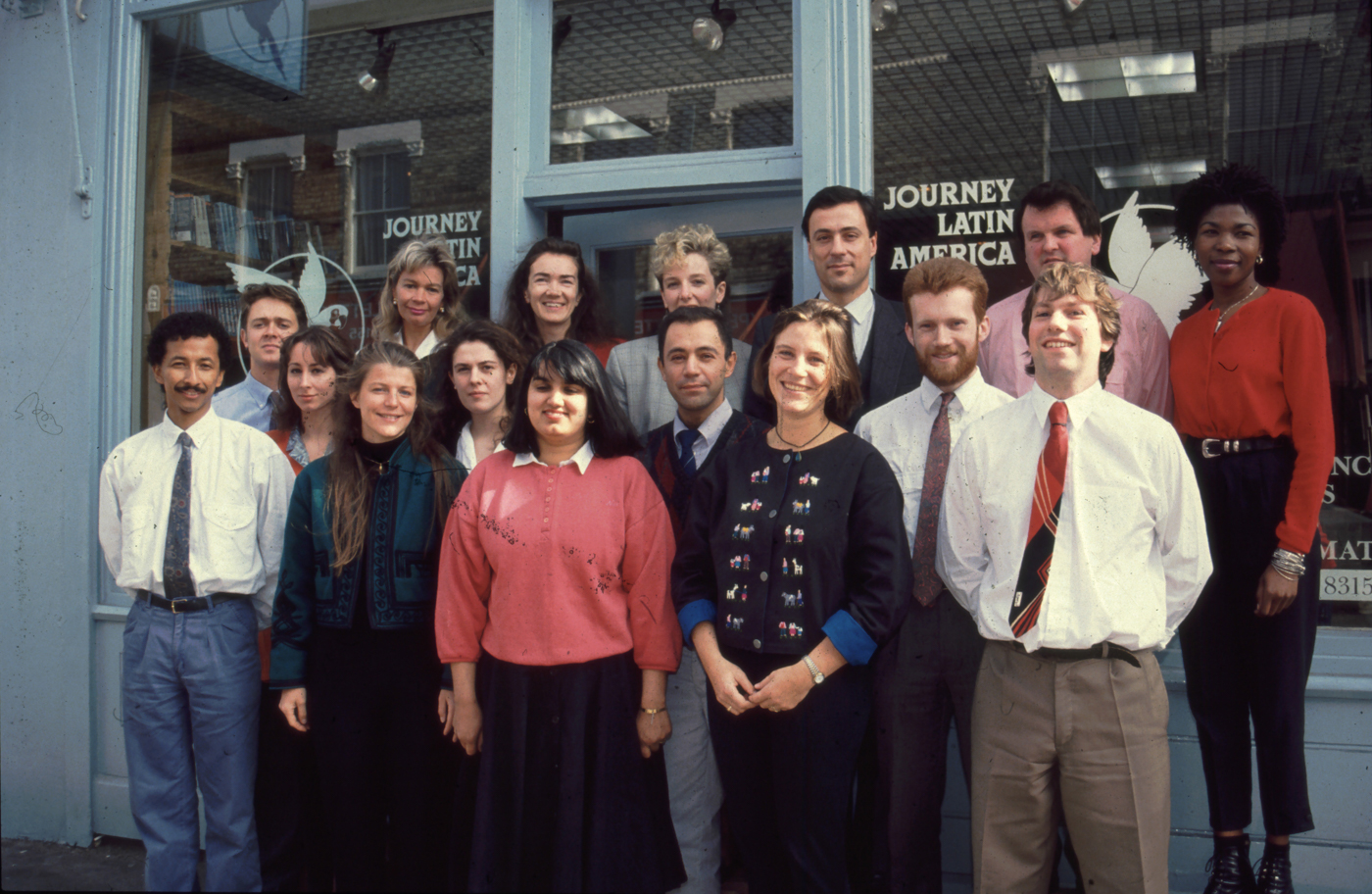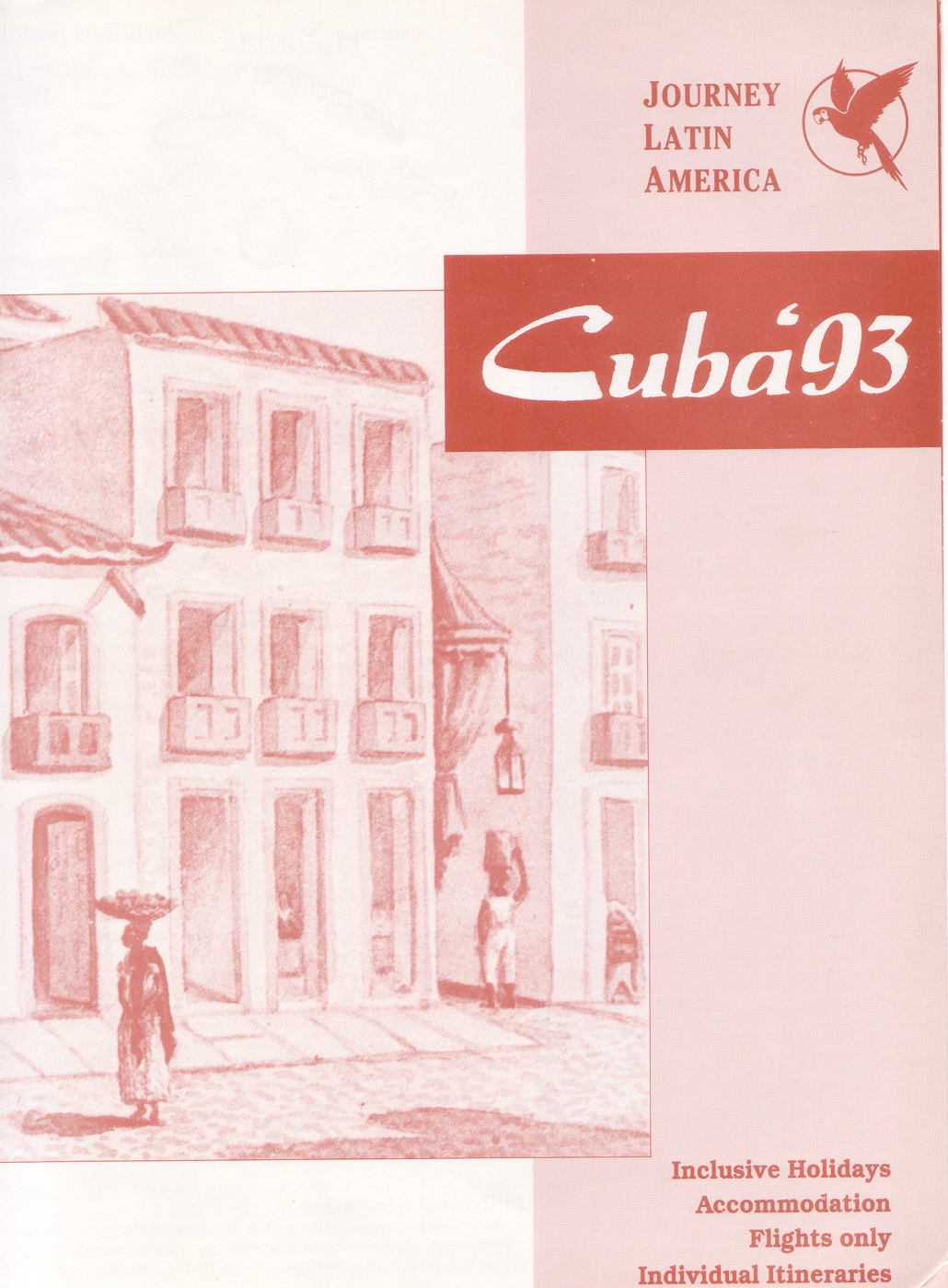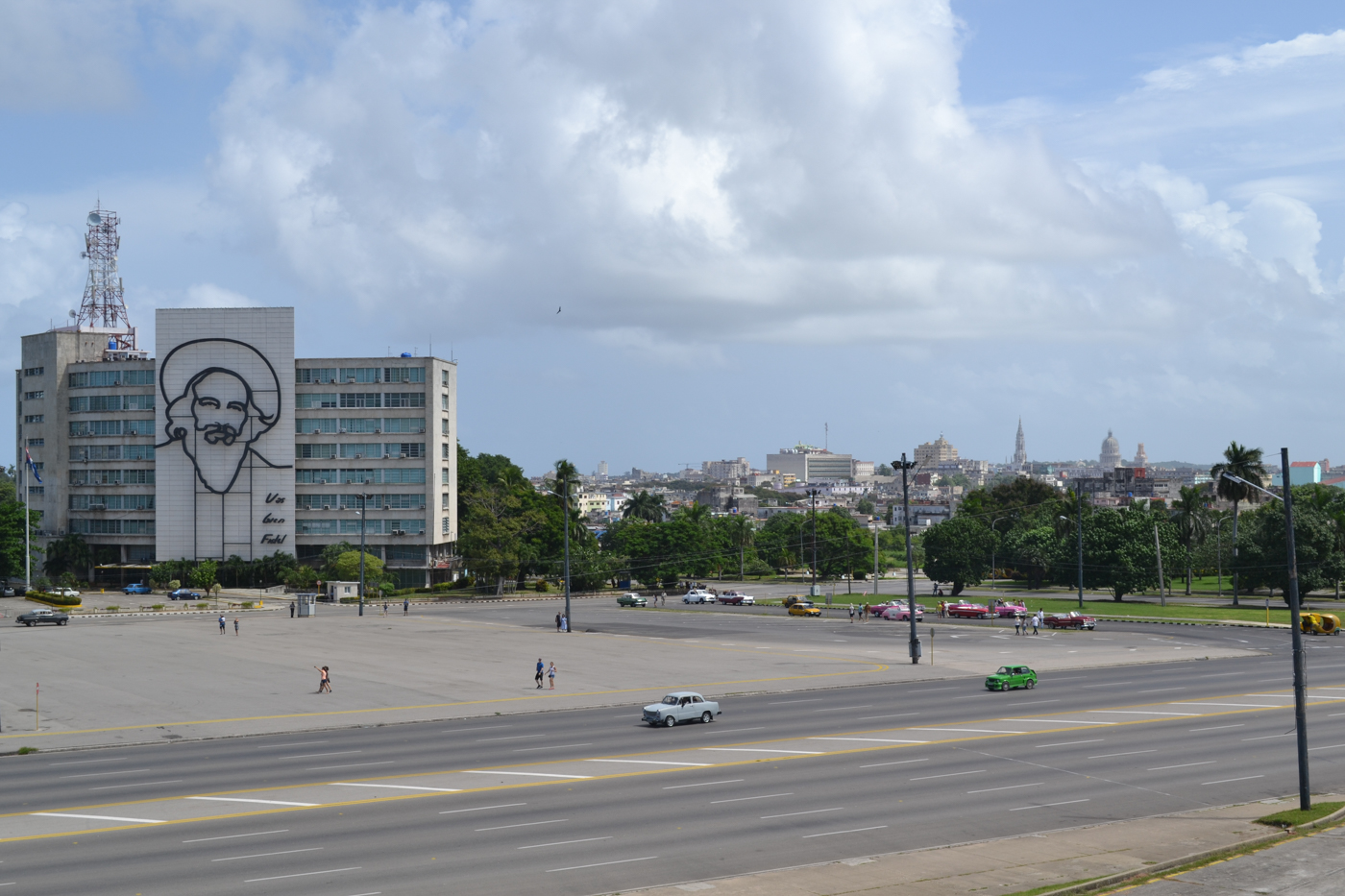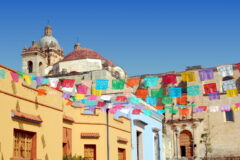Journey Latin America and Cuba: A brief history

As specialists in travel to Cuba, Journey Latin America found, over the Castro years (both Fidel and Raul) the restrictions imposed upon tourists and our colleagues working in Cuba in the tourism industry have presented their fair share of challenges over the years. Indeed some of our earliest endeavours to introduce the island as a tourist destination in the early 1990s resulted in a hot desk being established on a Saturday morning in order to handle the influx of passengers who’d been let down by their cancelled Cubana flight operated by Soviet Ilyushin aircraft that would be scheduled to depart and return to Stansted Airport. I say scheduled because on one memorable occasion they failed to return to where they’d departed from and instead returned to London Gatwick. On another occasion they failed to load the food on the plane leaving one of our staff members at the time who was on the flight sprinting for Julie’s Pantry in the arrivals lounge - this time actually at Stansted!

We persevered despite early warning signs of trouble ahead!

People would want to head to a place in the sun with great music, great beaches and beautiful people. Destinations like Varadero were packaged up by the high street travel agents and sold to the mass market accordingly. At the time the only Cubans allowed in the beach resorts were those who actually worked there. That has now changed but few Cubans could afford to stay in one of these plush hotels anyway so the change made little difference and the package companies still offer the Cuban ‘two centres’.
For those of us who wanted to offer the ‘real Cuba’ life was a little trickier. Finding someone to offer transport and accommodation in areas of Cuba that were of cultural or historical interest was not a simple task. The tourist industry was, and still is to a greater degree, state-run. We found ways to get around some of the ties that bind but we could wait days, even weeks for confirmations of rooms or ground services we booked. We were often using casas particulares, or home stays, which were at that time illegal as few of them paid the extortionate government taxes that were being imposed. Our tour leaders would find friendly households to put our passengers in and pay them locally.

Now, in the wake of Fidel’s death you can’t swing a bottle of Havana Club without hitting a home stay. Their legalisation and acceptance under Raul’s rule has meant that you can now go and stay in a Cuban home with the curtains open and eat lobster freely on a roof terrace (lobster was also banned from local consumption by the Cuban government who wanted to export it). Transport is still mainly provided by state taxis or state-run buses but these days the vehicle quality has improved in most areas and you’re far less likely to break down.
These days we sell Cuba confidently and most of our staff have visited which allows us to manage expectations and ensure visitors get to see the sort of Cuba we’ve always championed.
After all, Cuba’s attraction as one of the last bastions of communism has always sat a little uncomfortably alongside tourism but without the challenges and the regime that caused them Cuba would have just been another Caribbean holiday!
Browse our holidays to Cuba.
Tailor-made holidays
Flexible, custom-made holidays to Latin America created to match your exact requirements: our tailor-made itineraries are as unique as the clients for whom they are designed.
Design my tripPapagaio
Your edit for Latin American inspiration
Our exciting range of articles on Latin America explore everything from iconic destinations and lesser-known cultural gems to delicious traditional recipes. You’ll also find exclusive travel tips, first-hand client reviews and the chance to get your personal questions answered by our travel experts.
View Extraordinary Inspiration






































